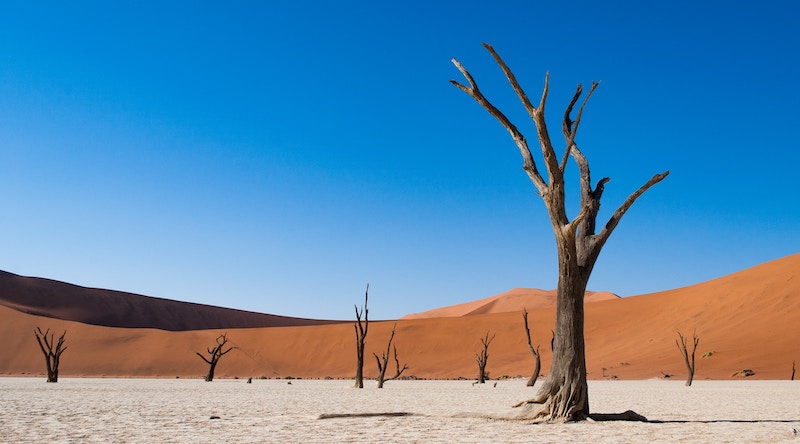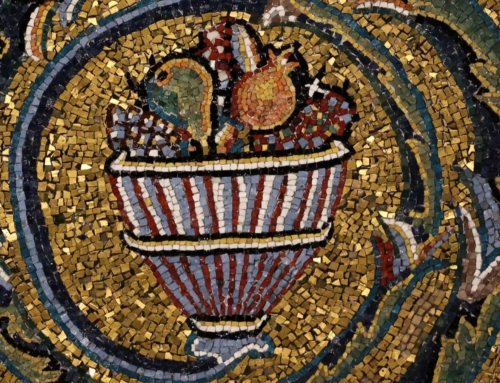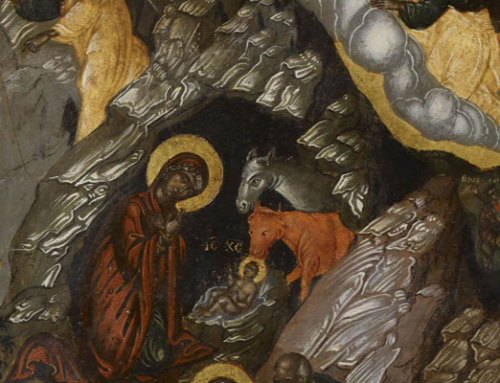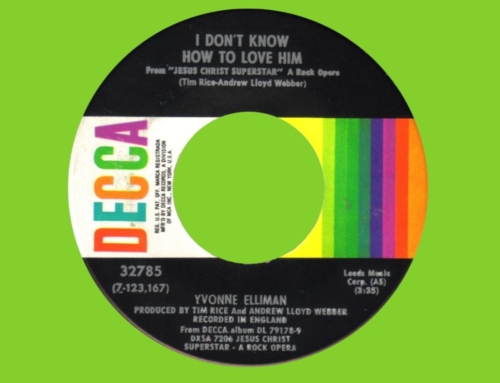2023 Summer Movie Recommendation:
The Fall by Tarsem Singh
One of life’s greatest pleasures is showing something beautiful to someone who has never seen it. There is of course a danger of vanity or pride. In the worst-case scenario, we share beautiful things purely to enhance our reputation in the eyes of others. We’ve all met people like this.
But if the object is truly beautiful, and the power of it’s beauty continues to captivate us, then our pleasure is not so much in showing off to others, but in offering to them something of true value, of sharing it with them, and in sharing it, of renewing the freshness of the object in our own eyes.
As many brothers and friends know, I have a particular joy in sharing with others a rare, little-known film, titled The Fall by Tarsem Singh. The film possesses undeniable visual beauty: It has no computer-generated special effects, but was filmed in twenty-eight countries over the course of four years. Some scenes are truly breathtaking. But the film remains criminally underrated. Most reviewers failed to see past the stunning visuals to the interest of the story they help convey. Only the rare wiser critics like Roger Ebert recognized the value of the film.
But the minor fanfare the film received is what makes it such a discovery. I have never found another person who has seen it—which makes it that much more fun when I get to introduce people to it. I myself discovered it during a low point in my graduate studies in Boston many years ago when I was looking for novel entertainment and found it on a list of the “best films you’ve never heard of.” And it remains as much a hidden gem now as it was then. The dominance of streaming services means that little gems like this become even further buried. There are basically only two options to watch this film: borrowing from your library or purchasing the DVD from Amazon or eBay (make sure it’s the right regional format for your DVD player!).
The film is an exercise in joint storytelling. What you hear is a story told by Roy, an injured stuntman from early Hollywood, to Alexandria, a young immigrant girl who meets him in the hospital. But what you see is her visualization of this story in all its splendor. And it is clear that from time to time she misunderstands some of his details, substituting them with images or concepts more familiar to her.
It is important however to distinguish this film from The Princess Bride. In The Princess Bride, the frame story is mostly an excuse for the beautiful, whimsical, engaging story of Princess Buttercup and Westley. There is of course the clever wrap-up at the end which connects the fantasy story with the “real life” frame story, showing us that the themes and lessons of the fantasy are applicable in our real world.
Roy’s story does not stand on its own in the same way. In The Fall, we pan back and forth constantly between the frame story and the fantasy story. This is a film about the interrelation between storytelling and life—a story about storytelling, and the ways in which sharing a story, even a fictional story, with someone else establishes a point of communication that may change both of you forever.
SPOILERS AHEAD: I recommend watching the film before reading the following.
The story that Roy shares with Alexandria is shaped by his pain and depression, but it is also shaped by her hope and innocence. The uneasy tension between their contrasting visions grows as her affection for the story and the storyteller grows alongside his own growing despair.
In a climactic moment, Roy shouts angrily, “It’s my story!” To which Alexandria responds pleadingly, “mine too!” We are all shaped by the stories we tell ourselves and share with others. Opening ourselves up to one another, communicating something of ourselves, even through fiction, means opening ourselves up to the possibility of communion and of mutual transformation. And this should not surprise us. We are creatures who delight in stories. The God who made us chose to reveal himself to us through the medium of the story of human history, presented to us in the pages of Sacred Scripture. We are all in his story in which he is both the author and the main protagonist. The Fall is not strictly speaking a Christian movie, although it has some strong Christian motifs and images. But by inviting us to reflect on the characteristically human activity of storytelling, it invites us also to reflect on the divine storyteller in whose image we are made, and whom we imperfectly imitate every time we tell a story.
✠
Photo by Sam Power on Unsplash







